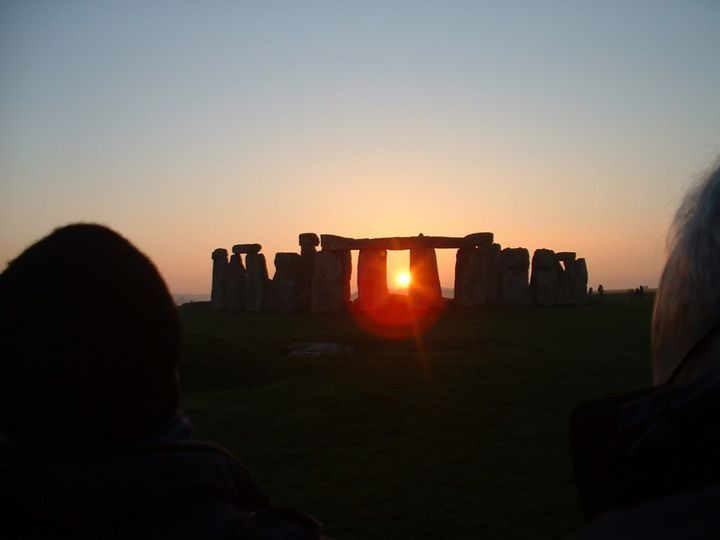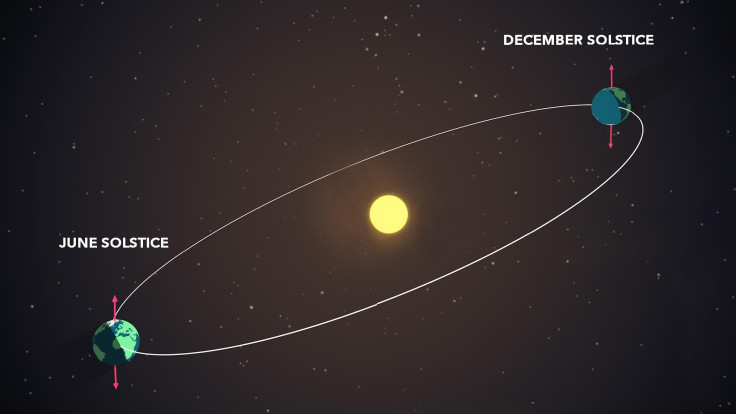What, When Is Winter Solstice 2017? Shortest Day Of The Year

Before the New Year can begin, the darkest day of the year has to happen, at least for everyone in the Northern Hemisphere. This year, the day with the fewest hours of sunlight will fall on Thursday although the amount of sunlight will differ slightly across the timezones.
The winter solstice — solstice meaning “sun stands still” in Latin — in the Northern Hemisphere always happens around Dec. 21 or 22 depending on the exact location of the Earth. But no matter what day it falls on, it always marks the official start of the winter season, as well as the day of the year that sees the least amount of sunlight.
On the same day in the Southern Hemisphere, the opposite happens, as the day with the most amount of sunlight occurs because that hemisphere is tilted in the direction of the sun.

These solstices happen because the Earth reaches the point in its orbit where it is most drastically pointed away from the sun. The planet is tilted so that the Northern Hemisphere is pointing in the opposite direction of the sun, meaning the least sunlight is able to reach it. This is why the polar North gets zero energy from the sun on the day of the winter solstice, according to NASA.
In New York City on Thursday there will only be nine hours and 15 minutes of daylight, the rest of the time will either be filled with night or various classifications of twilight. But the good news is that after Thursday, the amount of daylight happening each day will slowly start to increase again as the Earth begins to tilt back the other way.
To find exactly how short a period of time the daylight will last on Thursday in different cities across the country check TimeandDate.com.
The solstice is celebrated in different ways all around the world but one of the most popular and well known is the celebration at Stonehenge in England. There the mysterious and ancient monument made of massive stones and is perfectly aligned so that it is in sight-line with the sunset on the day of the winter solstice. The site was likely originally a spot for worshiping the solstices, according to English Heritage.
© Copyright IBTimes 2025. All rights reserved.



















